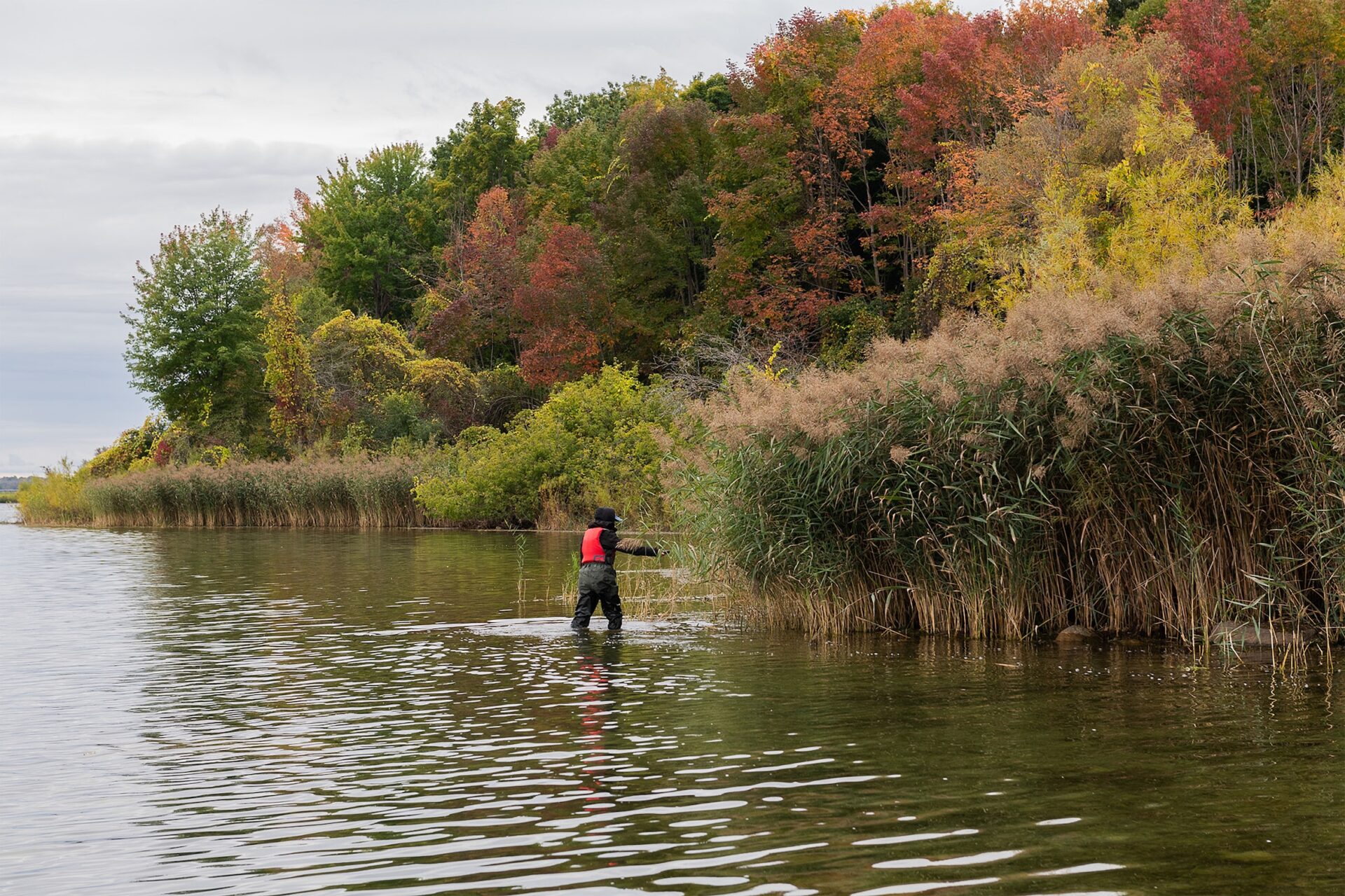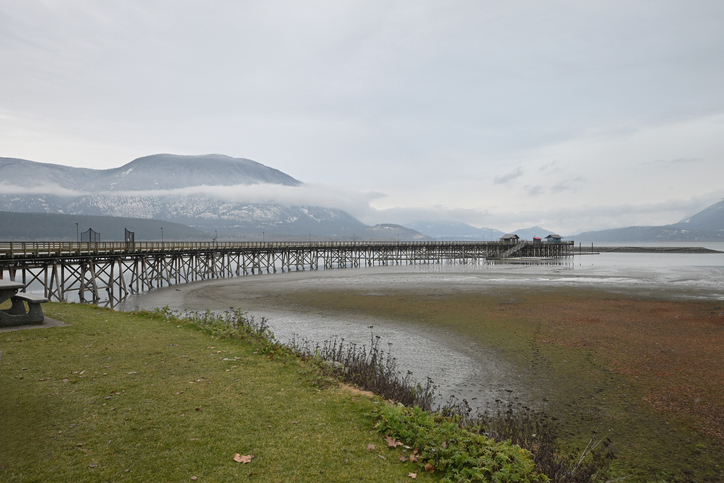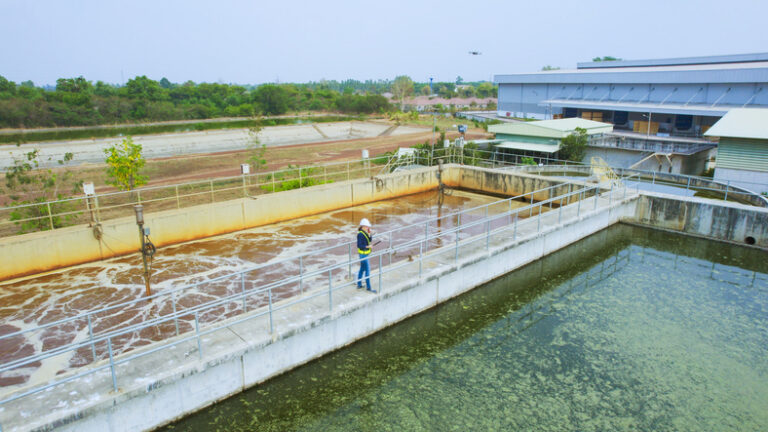Have you noticed a tall, dense grass growing along the highways and shorelines in Ontario? What you may be seeing is invasive Phragmites – and once you see it, you can’t unsee it. The Ontario Phragmites Action (OPA) program is raising awareness about this invasive plant through a new billboard campaign, and community members can get involved by preventing the plant’s spread while enjoying natural areas this summer.
Phragmites (Phragmites australis australis), often considered Canada’s worst invasive plant, is an invasive grass with blue-green leaves and large, fluffy seedheads. It forms dense stands that can grow up to 5m tall. Phragmites thrives in wetlands, shorelines, lake margins, and ditches, where it outcompetes native plants, disrupts recreational lake activities, blocks sight lines on roads, and increases wildfire risk. Originating from Europe, Phragmites is frequently spread through human activities, with seeds transported to new areas on recreational equipment such as hiking boots, bicycles, ATVs, UTVs, and boats.
OPA recently launched a billboard campaign to raise awareness of invasive Phragmites and its impacts. This summer, billboards along highways 400, 11, and 60 will bring attention to the invasive plant that travelers will see on their journey and at the lakes they are visiting. By highlighting this “road trip ruiner,” the campaign aims to reach a wider audience beyond Phragmites managers by capturing the attention of lake enthusiasts and cottage-goers, and motivating them to learn more about Phragmites and do their part preventing its spread.
“Preventing further spread and submitting reports to complement ongoing mapping are a crucial part of the fight against Phragmites,” says Chelsea McIsaac on behalf of the Ontario Phragmites Action program. “In addition to control efforts carried out by land managers and volunteer groups, community members play a vital role in preventing further spread by taking measures such as brushing their hiking boots, properly cleaning their equipment, and cleaning, draining, and drying their watercraft.”
Phragmites poses a growing threat to lakeside living and visiting by overtaking beaches, obstructing lake views, and limiting access to the water. However, these communities are not alone in the fight against Phragmites. The Ontario Phragmites Action (OPA) program was created in response to the growing threat of invasive Phragmites. The OPA program is a province-wide initiative that brings together conservation authorities, municipalities, Indigenous communities, environmental organizations, and local volunteers to take action on Phragmites. Because Phragmites does not respect property lines, the program emphasizes working across jurisdictions to create effective, long-term solutions.
What Community Members Can Do
- Learn how to recognize invasive Phragmites by visiting the OPA website.
- Clean recreational equipment, including hiking boots, bikes, ATVs/UTVs, and boats, to prevent the spread of invasive Phragmites seeds between locations.
- Report sightings of Phragmites through the EDDMapS or iNaturalist websites and mobile device applications. A good report includes an accurate location of the sighting and photos.
- Properly manage this invasive plant, which includes avoiding mowing Phragmites you may have on your property, as this can contribute to its spread. Always consult best management practices before attempting removal.
Image credit: The River Institute.










